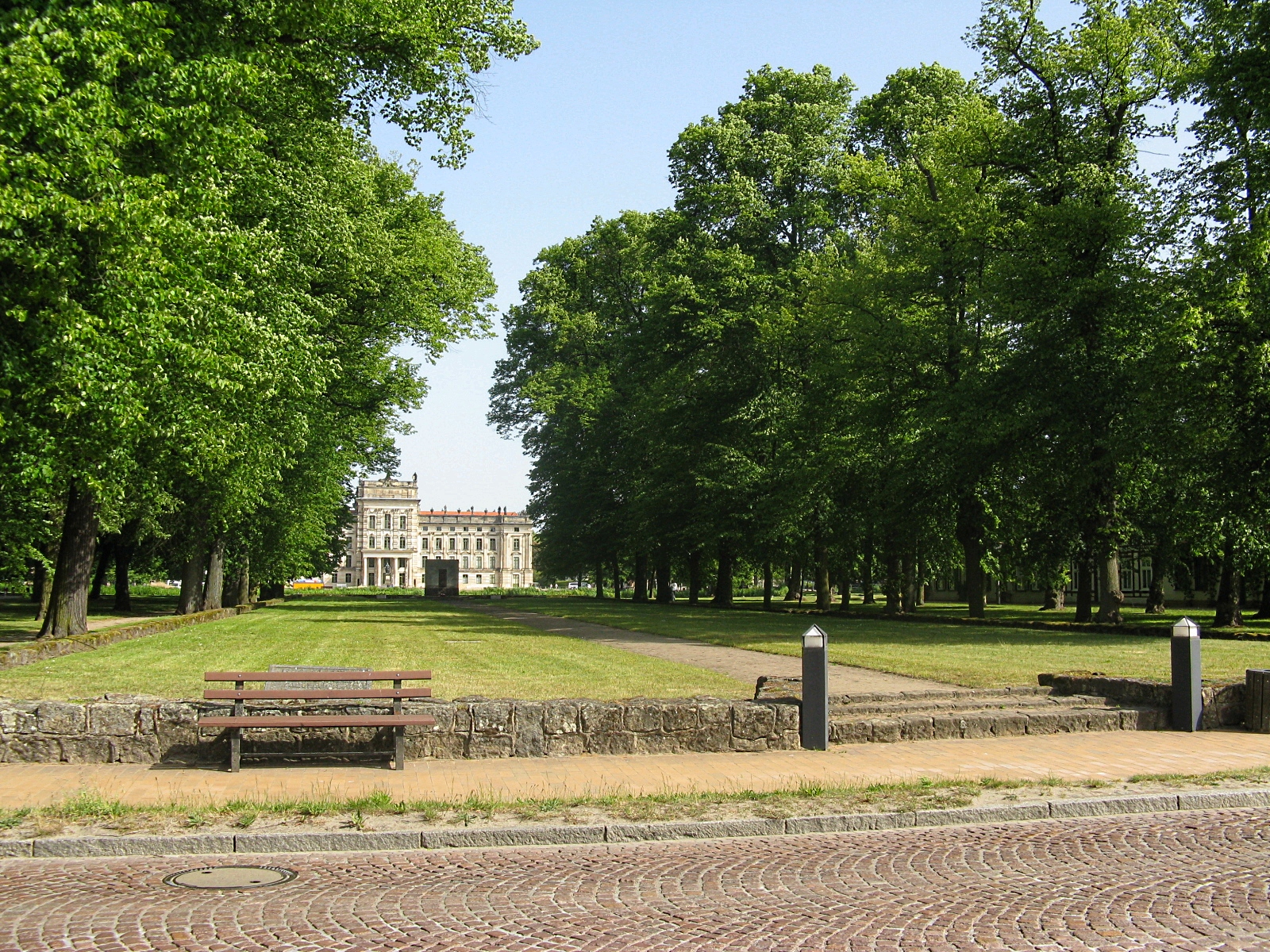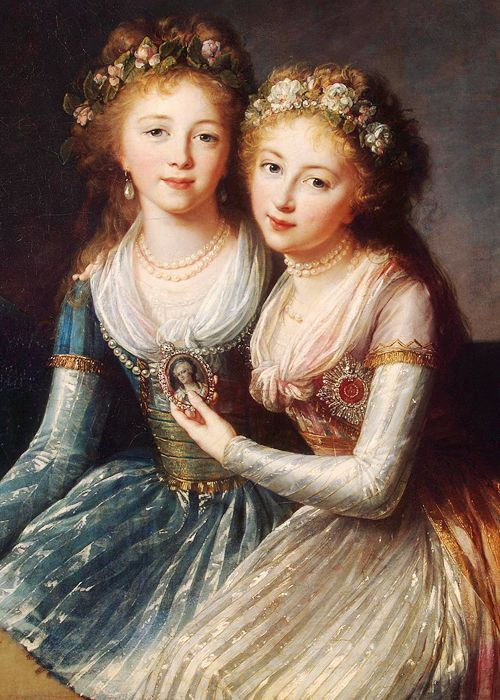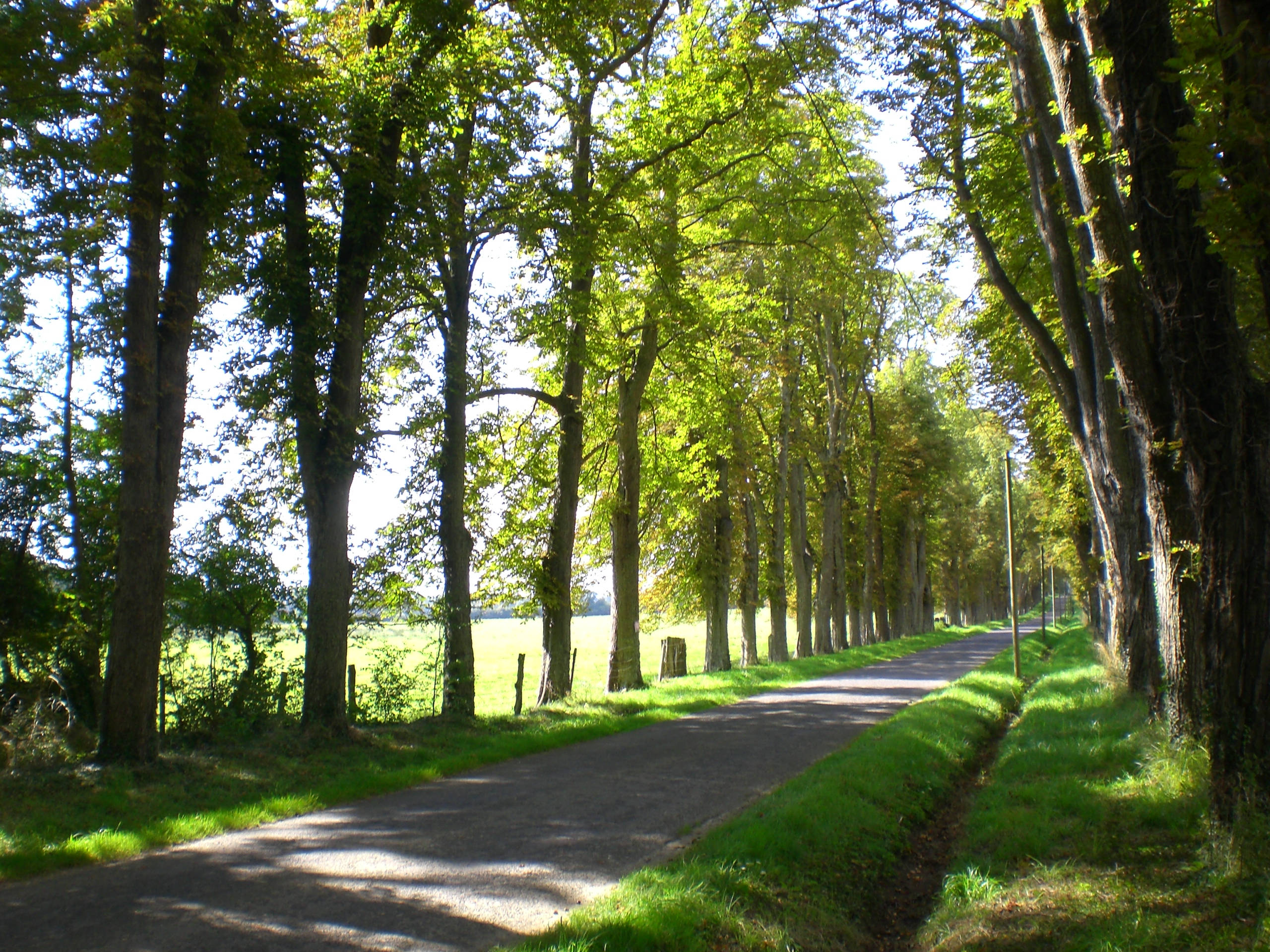|
Ludwigslust Palace
Ludwigslust Palace (german: Schloss Ludwigslust) is a stately home or ''schloss'' in the town of Ludwigslust, Mecklenburg-Vorpommern, northern Germany. It was built as a hunting lodge, rebuilt as a luxurious retreat from the ducal capital, Schwerin, then became for a time (1765–1837) the center of government. It was the "joy" of Prince Christian Ludwig, the heir of the Duke of Mecklenburg-Schwerin, hence the name ''Ludwigslust''. Origins Ludwigslust had its origins in a simple hunting lodge within a day's ride (36 km) of the ducal capital, Schwerin. In 1724, Prince Christian Ludwig, the heir of the Duke of Mecklenburg-Schwerin, decided to build a hunting lodge on this site, near a hamlet called Klenow. Even after he became the reigning duke in his turn in 1747, he passed most of his time at this residence, which he called ''Ludwigslust'' ("Ludwig's joy"). ''Residenz'' In 1765, Frederick II, Duke of Mecklenburg-Schwerin made Ludwigslust the capital of the duchy instead of ... [...More Info...] [...Related Items...] OR: [Wikipedia] [Google] [Baidu] |
Ludwigslust Schloss Bassin 2012-10-21 019a
Ludwigslust () is a central castle town of Mecklenburg-Vorpommern, Germany, 40 km south of Schwerin. Since 2011 it has been part of the Ludwigslust-Parchim district. Ludwigslust is part of the Hamburg Metropolitan Region. The former royal residential town is known for its rich heritage, especially the famed Ludwigslust Palace, known as ''Versailles of the North''. History In 1724 Christian Ludwig II, Duke of Mecklenburg-Schwerin, Prince Ludwig, the son of Frederick, Duke of Mecklenburg-Grabow, Frederick, Duke of Mecklenburg, decided to build a hunting lodge near a small hamlet called Klenow. Later, after his succession to the Dukedom, this became his favourite residence and he named it accordingly ''Ludwigslust'' ("Ludwig's pleasure/desire"). In 1765 Ludwigslust became the capital of the duchy in place of Schwerin. The town was enlarged by a residential palace (the castle). This situation continued until 1837, when Grand Duke Paul Friedrich of Mecklenburg-Schwerin, Paul Frie ... [...More Info...] [...Related Items...] OR: [Wikipedia] [Google] [Baidu] |
Doric Order
The Doric order was one of the three orders of ancient Greek and later Roman architecture; the other two canonical orders were the Ionic and the Corinthian. The Doric is most easily recognized by the simple circular capitals at the top of columns. Originating in the western Doric region of Greece, it is the earliest and, in its essence, the simplest of the orders, though still with complex details in the entablature above. The Greek Doric column was fluted or smooth-surfaced, and had no base, dropping straight into the stylobate or platform on which the temple or other building stood. The capital was a simple circular form, with some mouldings, under a square cushion that is very wide in early versions, but later more restrained. Above a plain architrave, the complexity comes in the frieze, where the two features originally unique to the Doric, the triglyph and gutta, are skeuomorphic memories of the beams and retaining pegs of the wooden constructions that preceded stone Do ... [...More Info...] [...Related Items...] OR: [Wikipedia] [Google] [Baidu] |
Paul Frederick, Grand Duke Of Mecklenburg-Schwerin
Paul Friedrich (15 September 1800 – 7 March 1842) ruled as Grand Duke of Mecklenburg-Schwerin from 1837 to 1842. Biography He was born in Ludwigslust the son of Friedrich Ludwig, Hereditary Grand Duke of Mecklenburg-Schwerin and Grand Duchess Elena Pavlovna of Russia, and was the only surviving grandchild of Paul I of Russia who was born during the Tsar's lifetime. Paul Friedrich was educated at Geneva, Jena and Rostock. Paul Friedrich became heir-apparent to the throne of Mecklenburg-Schwerin in 1819, upon the death of his father, the Hereditary Grand Duke. On 1 February 1837 he succeeded his grandfather, Friedrich Franz I. His reign saw improvements in the infrastructure and judicial system of the Grand Duchy, as well as a change in the government's seat of residence from Ludwigslust to Schwerin. Nonetheless, Paul Friedrich was largely interested only in military matters and spent most of his time drilling his troops. As Paul Friedrich reached his middle age, he adop ... [...More Info...] [...Related Items...] OR: [Wikipedia] [Google] [Baidu] |
Grand Duchess Elena Pavlovna Of Russia
Elena Pavlovna (; 24 December 1784 S 13 December– 24 September 1803) was born a grand duchess of Russia as the daughter of Paul I, Emperor of all the Russias and later became the Hereditary Grand Duchess of Mecklenburg-Schwerin as the wife of Frederick Louis of Meclenburg-Schwerin (1778–1819). Early life Grand Duchess Elena Pavlovna Romanova of Russia was born in Saint Petersburg in the Russian Empire as the fourth child and second daughter of Tsesarevich Paul Petrovich of Russia (1754–1801) and his second wife, Tsesarevna Maria Feodorovna, born Duchess Sophie Dorothea of Württemberg (1759–1828). Out of her nine siblings, Elena was closest to her older sister Alexandra Pavlovna (1783–1801). She was educated privately at home, for the first years, under the supervision of her paternal grandmother, Catherine the Great (1729–1796). Her education was focused mainly on fine arts, literature and music. Marriage and life in Schwerin Marriage In 1798, negotiati ... [...More Info...] [...Related Items...] OR: [Wikipedia] [Google] [Baidu] |
Joseph Ramée
Joseph is a common male given name, derived from the Hebrew Yosef (יוֹסֵף). "Joseph" is used, along with "Josef", mostly in English, French and partially German languages. This spelling is also found as a variant in the languages of the modern-day Nordic countries. In Portuguese and Spanish, the name is "José". In Arabic, including in the Quran, the name is spelled '' Yūsuf''. In Persian, the name is "Yousef". The name has enjoyed significant popularity in its many forms in numerous countries, and ''Joseph'' was one of the two names, along with ''Robert'', to have remained in the top 10 boys' names list in the US from 1925 to 1972. It is especially common in contemporary Israel, as either "Yossi" or "Yossef", and in Italy, where the name "Giuseppe" was the most common male name in the 20th century. In the first century CE, Joseph was the second most popular male name for Palestine Jews. In the Book of Genesis Joseph is Jacob's eleventh son and Rachel's first son, and k ... [...More Info...] [...Related Items...] OR: [Wikipedia] [Google] [Baidu] |
Ruin
Ruins () are the remains of a civilization's architecture. The term refers to formerly intact structures that have fallen into a state of partial or total disrepair over time due to a variety of factors, such as lack of maintenance, deliberate destruction by humans, or uncontrollable destruction by natural phenomena. The most common root causes that yield ruins in their wake are natural disasters, armed conflict, and population decline, with many structures becoming progressively derelict over time due to long-term weathering and scavenging. There are famous ruins all over the world, with notable sites originating from ancient China, the Indus Valley and other regions of ancient India, ancient Iran, ancient Israel and Judea, ancient Iraq, ancient Greece, ancient Egypt, Roman sites throughout the Mediterranean Basin, and Incan and Mayan sites in the Americas. Ruins are of great importance to historians, archaeologists and anthropologists, whether they were once individual fort ... [...More Info...] [...Related Items...] OR: [Wikipedia] [Google] [Baidu] |
Grotto
A grotto is a natural or artificial cave used by humans in both modern times and antiquity, and historically or prehistorically. Naturally occurring grottoes are often small caves near water that are usually flooded or often flooded at high tide. Sometimes, artificial grottoes are used as garden features. The '' Grotta Azzurra'' at Capri and the grotto at Tiberius' Villa Jovis in the Bay of Naples are examples of popular natural seashore grottoes. Whether in tidal water or high up in hills, grottoes are generally made up of limestone geology, where the acidity of standing water has dissolved the carbonates in the rock matrix as it passes through what were originally small fissures. Etymology The word ''grotto'' comes from Italian ''grotta'', Vulgar Latin ''grupta'', and Latin ''crypta'' ("a crypt"). It is also related by a historical accident to the word ''grotesque''. In the late 15th century, Romans accidentally unearthed Nero's ''Domus Aurea'' on the Palatine Hill, ... [...More Info...] [...Related Items...] OR: [Wikipedia] [Google] [Baidu] |
Piazza San Pietro
Saint Peter's Square ( la, Forum Sancti Petri, it, Piazza San Pietro ,) is a large plaza located directly in front of St. Peter's Basilica in Vatican City, the papal enclave inside Rome, directly west of the neighborhood (rione) of Borgo. Both the square and the basilica are named after Saint Peter, an apostle of Jesus whom Catholics consider to be the first Pope. At the centre of the square is an ancient Egyptian obelisk, erected at the current site in 1586. Gian Lorenzo Bernini designed the square almost 100 years later, including the massive Doric colonnades, four columns deep, which embrace visitors in "the maternal arms of Mother Church". A granite fountain constructed by Bernini in 1675 matches another fountain designed by Carlo Maderno in 1613. History The open space which lies before the basilica was redesigned by Gian Lorenzo Bernini from 1656 to 1667, under the direction of Pope Alexander VII, as an appropriate forecourt, designed "so that the greatest number of ... [...More Info...] [...Related Items...] OR: [Wikipedia] [Google] [Baidu] |
Jean-Laurent Le Geay
Jean-Laurent Le Geay (c. 1710 – after 1786) was a French neoclassical architect with an unsatisfactory career largely spent in Germany. His artistic personality remained shadowy until recently, though he was allowed to have had numerous pupils among the ''avant-garde'' of neoclassicism. He won the Prix de Rome in architecture in 1732, which, after an unaccountable delay, sent him for study to the French Academy in Rome from December 1738 to January 1742, when the Director, Jean François de Troy, remarked of him on his departure "''il y a du feu et du génie"''. After he returned to Paris, there is no record of him, but about 1745 he was in Berlin, where he published eight etchings (1747–48) of plans and elevations for St Hedwig's Church (today's St. Hedwig's Cathedral), Berlin, which he produced in collaboration with Georg Wenzeslaus von Knobelsdorff, until recently the chief architect to Frederick II of Prussia; the church was eventually built to a modified version of the ... [...More Info...] [...Related Items...] OR: [Wikipedia] [Google] [Baidu] |
Romanticism
Romanticism (also known as the Romantic movement or Romantic era) was an artistic, literary, musical, and intellectual movement that originated in Europe towards the end of the 18th century, and in most areas was at its peak in the approximate period from 1800 to 1850. Romanticism was characterized by its emphasis on emotion and individualism, clandestine literature, paganism, idealization of nature, suspicion of science and industrialization, and glorification of the past with a strong preference for the medieval rather than the classical. It was partly a reaction to the Industrial Revolution, the social and political norms of the Age of Enlightenment, and the scientific rationalization of nature. It was embodied most strongly in the visual arts, music, and literature, but had a major impact on historiography, education, chess, social sciences, and the natural sciences. It had a significant and complex effect on politics, with romantic thinkers influencing conservatism, libe ... [...More Info...] [...Related Items...] OR: [Wikipedia] [Google] [Baidu] |
Ludwigslust KZ-Gedenkstätte Schloss 2008-05-28 005
Ludwigslust () is a central castle town of Mecklenburg-Vorpommern, Germany, 40 km south of Schwerin. Since 2011 it has been part of the Ludwigslust-Parchim district. Ludwigslust is part of the Hamburg Metropolitan Region. The former royal residential town is known for its rich heritage, especially the famed Ludwigslust Palace, known as ''Versailles of the North''. History In 1724 Prince Ludwig, the son of Frederick, Duke of Mecklenburg, decided to build a hunting lodge near a small hamlet called Klenow. Later, after his succession to the Dukedom, this became his favourite residence and he named it accordingly ''Ludwigslust'' ("Ludwig's pleasure/desire"). In 1765 Ludwigslust became the capital of the duchy in place of Schwerin. The town was enlarged by a residential palace (the castle). This situation continued until 1837, when Grand Duke Paul Friedrich returned the capital status to Schwerin. The Wöbbelin concentration camp—sometimes referred to as ''Ludwigslust c ... [...More Info...] [...Related Items...] OR: [Wikipedia] [Google] [Baidu] |
Allée
In landscaping, an avenue (from the French), alameda (from the Portuguese and Spanish), or allée (from the French), is traditionally a straight path or road with a line of trees or large shrubs running along each side, which is used, as its Latin source ''venire'' ("to come") indicates, to emphasize the "coming to," or ''arrival'' at a landscape or architectural feature. In most cases, the trees planted in an avenue will be all of the same species or cultivar, so as to give uniform appearance along the full length of the avenue. The French term ''allée'' is used for avenues planted in parks and landscape gardens, as well as boulevards such as the ''Grande Allée'' in Quebec City, Canada, and ''Karl-Marx-Allee'' in Berlin. History The avenue is one of the oldest ideas in the history of gardens. An Avenue of Sphinxes still leads to the tomb of the pharaoh Hatshepsut. Avenues similarly defined by guardian stone lions lead to the Ming tombs in China. British archaeologists have ... [...More Info...] [...Related Items...] OR: [Wikipedia] [Google] [Baidu] |








